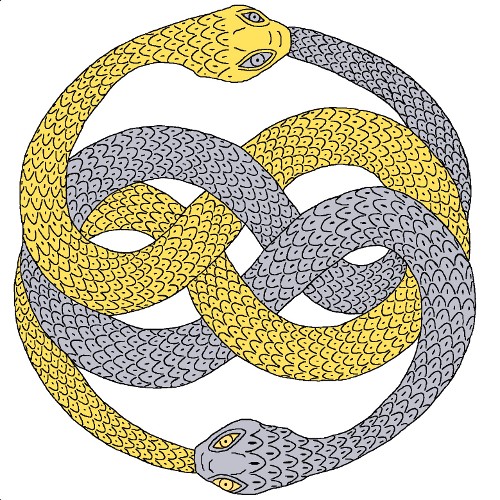 The True Neutral is something of an enigma. They generally take no side, either because they have moved beyond good and evil, or because they simply don’t see good and evil the way we do. Or because this isn’t their war and they just want to be left alone. Or…well, let’s get to it.
The True Neutral is something of an enigma. They generally take no side, either because they have moved beyond good and evil, or because they simply don’t see good and evil the way we do. Or because this isn’t their war and they just want to be left alone. Or…well, let’s get to it.
From the easydamus character alignment page:
A neutral character does what seems to be a good idea. She doesn’t feel strongly one way or the other when it comes to good vs. evil or law vs. chaos. Most neutral characters exhibit a lack of conviction or bias rather than a commitment to neutrality.
Some neutral characters, on the other hand, commit themselves philosophically to neutrality. They see good, evil, law, and chaos as prejudices and dangerous extremes. They advocate the middle way of neutrality as the best, most balanced road in the long run.
As you might expect, this alignment doesn’t describe just one type of character. In fact, there are many different archetypes that fall under True Neutral. They include:
- Higher beings whose concerns are far above us mortals.
- Druids committed to maintaining cosmic balance.
- The Fair folk, who are inherently amoral by nature.
- Isolationists who just want to be left alone.
- Animals incapable of making ethical judgments.
- Non-human robots and machines (or are they?).
- Idiots who are just too dumb to make ethical judgments.
- Fence-riding bastards who see everything in shades of gray.
- Vacillating two-times who are really just in it for themselves.
- Moral cowards who jeer at the heroes and make them unwelcome.
- Weak-minded conformists who always follow the herd.
- Stoners and deadbeats who just don’t care about anything.
That’s quite a spread, isn’t it? The main thing to keep in mind is that these are the characters who refuse to take sides–not just in whatever overworld conflict is driving the story, but in the ethical questions that the story raises (unless neutrality itself is their answer).
My favorite example of this trope is the Childlike Empress from The Neverending Story. As the very embodiment of Fantasia, she transcends good and evil so completely that her power, the Auryn, cannot be used to forbid a monster from acting on its own evil nature. Truth from Fullmetal Alchemist is another good example of a transcendent True Neutral.
With everyday, down-to-earth characters, though, this alignment tends to tick me off. The Ents, for example, very much fall under this trope (as does Tom Bombadil…unless you subscribe to this theory). Most others examples either come across as weak, selfish, or cowardly to me, so I don’t really care much for this alignment–unless it’s the starting point of a well-constructed character arc.
For that reason, in my own work, most True Neutrals are either straight-up antagonists or gradually shift in alignment as the story progresses. In Genesis Earth, Michael Anderson starts out as one of the weaker True Neutral types, but changes as events in the story make him grow. In Desert Stars, Sathi probably falls into this type, though I’m not so sure; either way, he’s very easily manipulated by his Neutral Evil wife. In Bringing Stella Home, Ilya falls under this alignment due to his moral cowardice, and Anya might as well, though more as a Selfish Good than anything else. Roman probably does too, but more because he’s old and wants to give up the fight; that’s something I’m currently working on in Stars of Blood and Glory.
I haven’t done a transcendent True Neutral yet, but if I ever write a heroic fantasy tale with gods and demons, I probably will. After all, if Michael Ende did it in my favorite novel of all time, how can I resist?